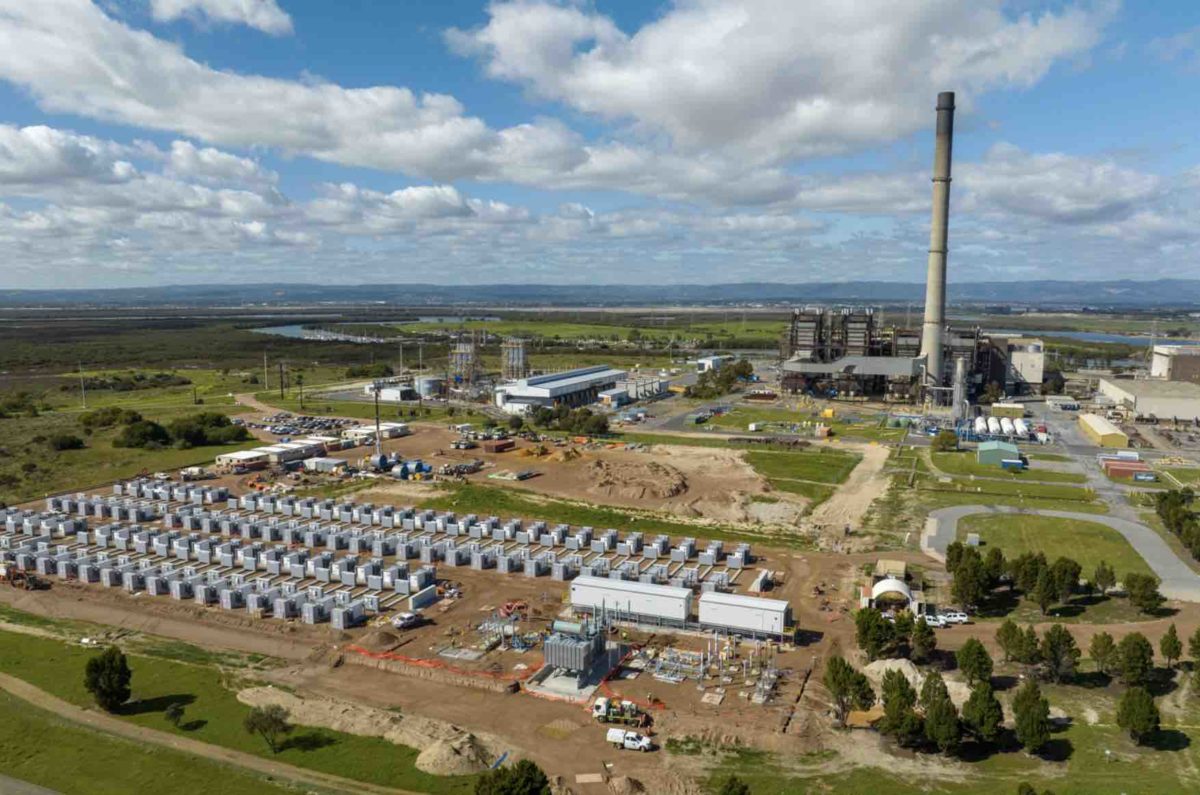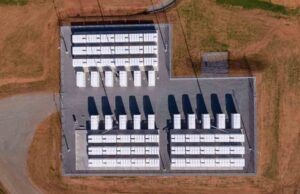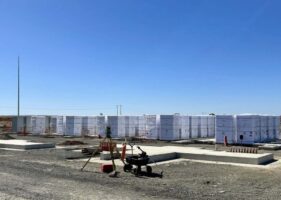Australia’s biggest carbon polluter and coal generator AGL Energy is planning a major push into EV home charging, battery storage and rooftop solar as it tries to manage its switch to renewables from the fossil fuel portfolio that helped send it to a massive $1.1 billion loss in the first half.
The splash of red ink on the company’s results was mostly driven by a big $706 million write down of its fossil fuel assets, significant hedging losses and and reduced operating earnings caused by breakdowns and outages at some of its key coal generating assets.
AGL intends to close its Liddell coal generator in April, and has brought forward the planned closure dates of Bayswater (2033) and the heavily polluting Loy Yang A brown coal generator in Victoria (2035), and is building and planning new big batteries at Torrens Island, Broken Hill and Liddell.
AGL has unveiled plans for a total of 12GW of new capacity (wind, solar and battery and pumped hydro storage), but newly appointed CEO Damien Nicks has now revealed that up to one third of this will come from a push into “decentralised” assets – including EV charging, home batteries, and “orchestrated” rooftop solar.
Orchestrated solar means that the company has the ability to least partially control – through the use of advanced inverters – the output and load of household and business assets – such as rooftop solar, home batteries and EVs – to respond to market signals and/or dispatch instructions from the market operator.
It is seen as an important part of the future energy mix, and AGL says its level of orchestrated decentralised assets – which has already jumped 49 per cent to 188MW – will expand to between 2GW and 4GW by 2035.
“We will continue to accelerate growth in decentralised assets, helping our customers electrify and decarbonise, and positioning AGL as leading in energy solutions,” Nicks told an analysts presentation, adding that its market leading position in commercial solar will be a key.
In an later interview with RenewEconomy, Nicks added: “If we can get charging out of EV batteries back into the home and into the grid, that would be a fantastic thing to have. As batteries become more prevalent in the home and in businesses, we can orchestrate that and we can share value.”

But this increased focus on local and decentralised assets, including demand response and virtual power plants, also means less investment in large scale assets, such as big wind and solar projects, an asset class facing difficulties from limited transmission, slow connection processes and logistics issues.
“The more we can orchestrate the home assets around decentralised energy, the more it provides the opportunity … to not have to build the assets quite as big or as broad,” Nicks told RenewEconomy.
“The customer is going to demand that, we’re already seeing it in the C&I business, and … we will continue to develop that through the residential space as well.”
AGL is building its own 3.2GW pipeline of large scale assets – which includes the Torrens Island and Broken Hill batteries that are due to commence operations in the middle of this year – and it also has a further 3.5GW in a development portfolio managed by its partly owned Tilt Renewables.
Nicks says AGL is also looking to fast-track the first stage of the 500MW big battery at Liddell, which will be back by the Australian Renewable Energy Agency, and likely to begin with one or two hours storage, and is pursuing a feasibility study with Idemitsu for the Muswellbrook Pumped Hydro Project
“So we’re in funding discussions with ARENA at the moment for 250 megawatts,” Nicks said. “There are plans for up to 500 MW, but you know, I think the future is we’ll continue to put more batteries on those sites and Torens Island (at the site of the ageing and soon to be closed gas plant) is the best example.
“We took FID (financial close) on that battery only 18 months ago …. and it’s going to be operation by the middle of this year … owning the site, having the connection, makes it so much easier.”
In the meantime, AGL is preparing for the closure of Liddell in April, and helping its remaining assets cope with the changing nature of the grid and the impact of variable renewables – wind and solar – and rooftop PV in particular.
It has upgraded one of the units at Bayswater to be able to ramp down to 200MW, and hopes to be able to lower this further to between 130 and 150MW. “The ability to flex our coal-fired plant is increasingly important as new renewable generation enters the system,” the company says.
Will the remaining coal assets last that long (until the early to mid 2030s) given the increasing difficult of managing ageing and increasingly redundant assets in a rapidly changing grid?
Nicks insists they will. “Absolutely. We believe those assets are needed in the market, for this transition to be smooth, reliable and affordable renewables. I think that’s that’s the important part.”
But he also says that AGL is prepared to close those coal assets even earlier, if the market changes, and enough other capacity is built.
“So what we’ve said is that our plan is 2035 for Loy Yang, and 2033 for Bayswater,” Nicks told RenewEconomy. “Now, if the market moves fast and the transition moves faster, we can go faster, we’ll look to do it.
“But we believe that is the most likely scenario from what we can see playing out through the market, because it’s not just what we do. It’s a whole range of stakeholders involved in this piece.”
See also David Leitch’s analysis: AGL’s coal sore: Boring is OK in share markets, clueless is not










